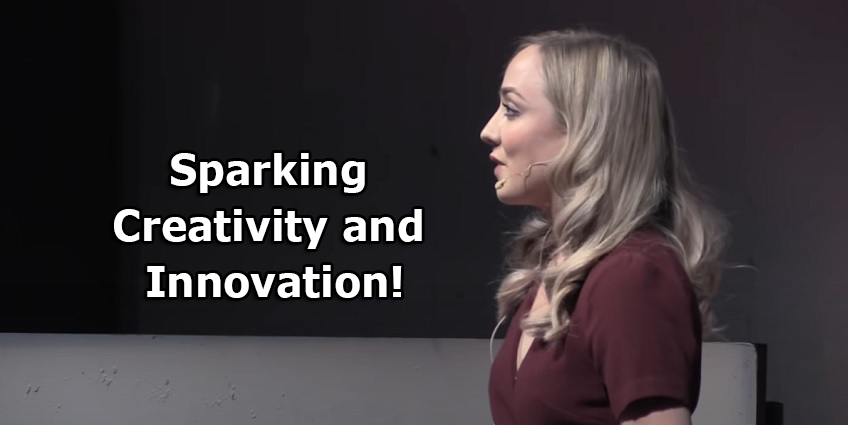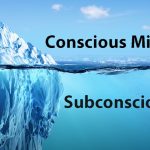The development of a firm is directly proportional to its level of inventiveness and creative thinking. The worth and distinctiveness that result from these two factors have the potential to completely alter the dynamics of the game.
In light of this, Iscope Digital had the opportunity of doing an interview with Gregg Fraley, a force to be reckoned with in the world of innovation. Gregg is the company’s creator, and he established KILN to facilitate novel methods of creativity.
Gregg’s history encompasses a wide range of activities, including the establishment of software firms, their management, and production of interactive television. In addition to being a thought leader in corporate innovation, he is the author of “Jack’s Notebook,” which is considered to be the first ever business tale on creative problem solving.
Gregg’s words have been cited in a wide variety of publications, such as Successful Meetings, Skyline News, Redbook, Crain’s Chicago Business, The Chicago Tribune, Chicago’s Daily Herald, Forbes, and US News & World Report, among others.
The following is an interview that we had with Gregg, in which he offers you advice on how to foster more creativity inside your organization:
Tell us more about KILN, if you please.
Companies get a spark of innovation from KILN. By assisting companies in deciphering the significance of emerging cultural trends, we facilitate the development of ground-breaking innovation ideas inside such companies.
In order to do this, we provide conventional consulting, creative problem solving (CPS) training and coaching services, in addition to our one-of-a-kind innovation stimulant product known as IdeaKeg, which is positioned at the beginning of the innovation process.
We contribute cutting-edge experience to the process of innovation, which includes the genesis of ideas, the development of commercial stories, and concept creation.
How can a corporation foster innovation?
There are a lot of different keys, which is one of the reasons why it’s so challenging. The following are some of the keys: managerial support of innovation projects; a quicker rotational FEI cycle; a process that is both flexible and applied consistently; leveraging idea management tools effectively; making strategic use of cultural and marketing insights; and… a feeling of pleasure and urgency.
What are common innovation missteps?
The failure to participate in any training is a poor decision, especially for businesses that haven’t been very busy recently. The belief that trend decks or focus groups are sufficient to provide knowledge of changes in culture is one obstacle; another is the presence of weak signals.
Another significant error would be to ignore the need of always working on innovative solutions. Only once a year can we expect to witness such a significant effort.
Another age-old problem is that people just do not keep track of their ideas and conceptions. That is a problem that can be solved very quickly. It is also counterproductive to have a large session or project and then not let the individuals who participated in it know what occurred. This sends the impression that innovation is not as essential as it might be.
There was insufficient frequency of presentation of pitches to management. The management does not take sufficient risks. No outside expertise was obtained in terms of the substance (there was no “open innovation”), nor was any facilitation of the process obtained.
Every attempt at innovation has to take into account the “Four P’s”: people, process, products, and the press (environment). If you don’t get the culture right, no amount of people, processes, or products in the world will be able to rescue you; nevertheless, if you do get it right, you may stumble your way to success.
How can individuals be more creative and inventive at work today?
Keeping a notebook in which thoughts, questions, and observations are written down is an example of keeping a notebook. Putting this into practice on a consistent basis may have a significant and beneficial influence on the amount of creative output produced.
Combine what you have seen with the issue that you are attempting to resolve. This kind of thinking is known as “mashup thinking,” and it may be very effective.
What are some essential components of a productive brainstorming session?
There are several secrets, but if you forced me to choose just one, I’d say that the most important thing is to ensure that you have an intriguing ideation question to answer. You may think of an idea as an answer or a response to a query.
A issue frame or an ideation platform is what you’re referring to with that query. This question determines whether or not a brainstorming session will be concentrated. If you ask an overly broad or open-ended inquiry, you will likely get a lot of responses, but most of the suggestions won’t be very useful.
If the topic is really specific, you may only have a few ideas, but the ones you do have are likely to be relevant. The use of technologies that provide kinaesthetic and/or visual stimulation, expert facilitation, extending the time allotted for ideation to include an online before and post session, and bringing in a few smart individuals from the outside to assist are some other factors that are critical.
In addition, it is helpful to instruct your workforce in a way that is adaptable, such as the Osborn-Parnes Creative Problem Solving approach. After all, Osborn was the one who came up with the phrase “brainstorm” back in the 1940s.
Educate us about the IdeaKeg platform.
KILN provides a one-of-a-kind subscription service known as IdeaKeg, which is an invention-stimulation tool for the early stages of the innovation process. Customers will discover seven carefully picked trend artifacts inside each IdeaKeg (usually commercial products that represent a trend).
The artifacts that we choose serve as excellent jumping off points for the incorporation of new cultural data into the early stages of the innovation process. IdeaKeg comes with a thorough procedure and a guide for hosting meetings that lead businesses to formulate braver, bolder questions, which can then be addressed with breakthrough ideas.
These sessions are then used to generate new and innovative ideas. The procedure utilizes several different modes (visual, auditory, kinesthetic, and verbal). IdeaKeg is a versatile do-it-yourself method that engages your people’s many different sensory modalities. In a nutshell, it provides a framework for innovative thought.
The combination of the items in question with the difficulty faced by the company often produces that elusive breakthrough thought. IdeaKeg may be purchased in a variety of configurations, ranging from a “single” box to an 8-times-a-year subscription service. IdeaKeg is used not just by in-house innovation teams but also by professional facilitators of the brainstorming process.



